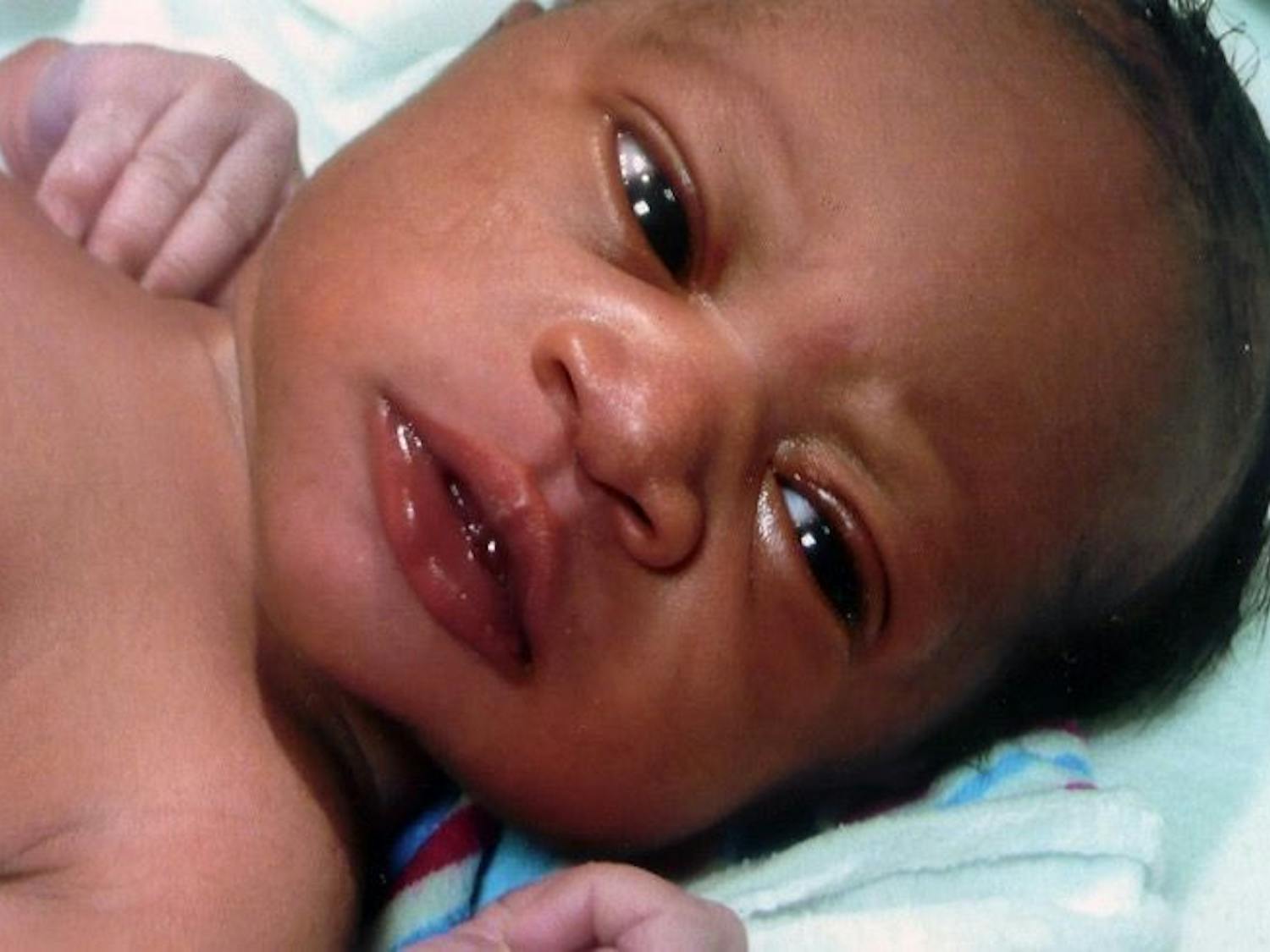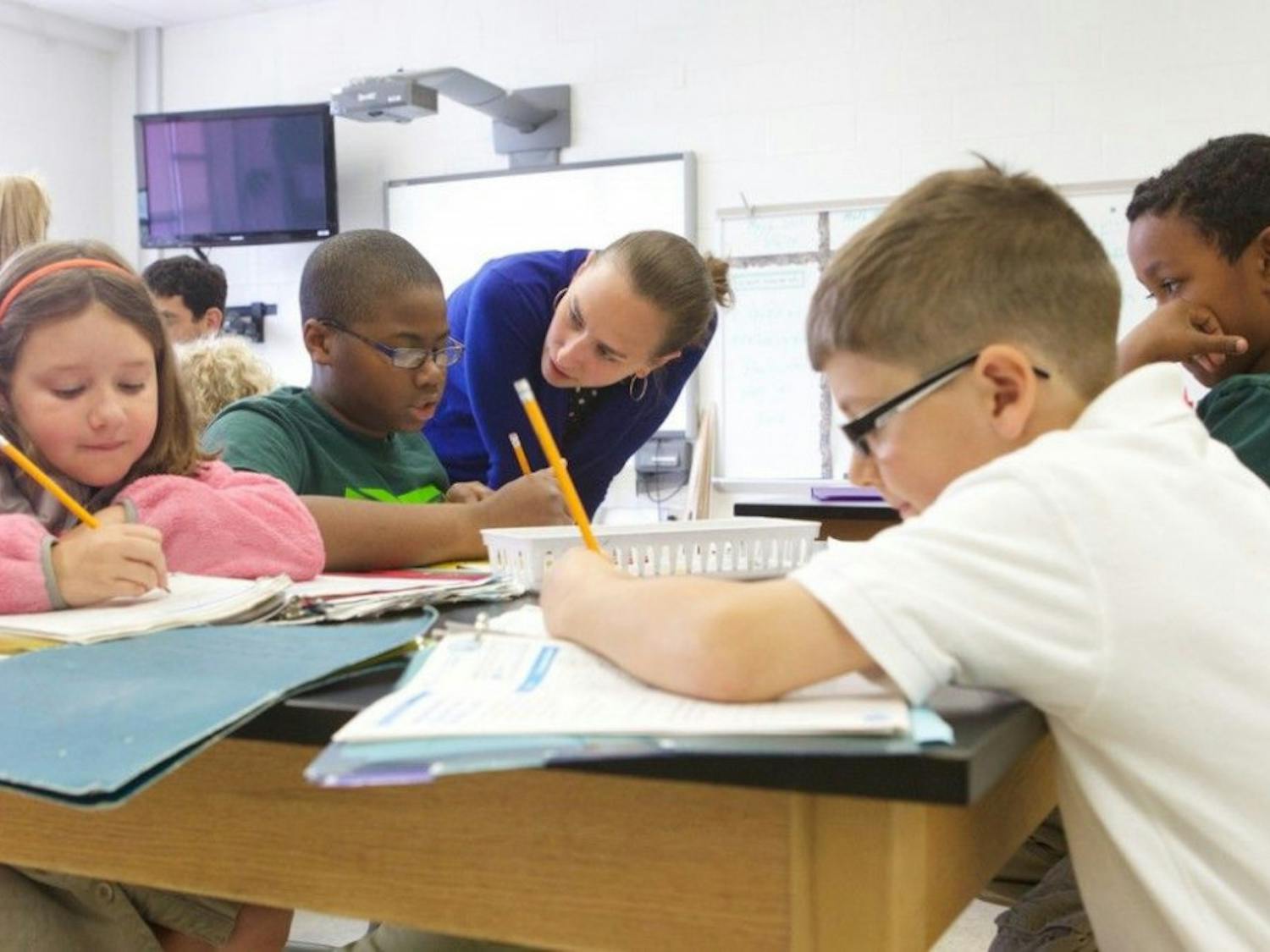Joshua Cannon is a spring 2015 USA TODAY collegiate correspondent. This article originally appeared on USA TODAY College.
Louise Munford grins as she steps out of the Green Machine Mobile Food Market with a bag of fresh fruit and vegetables in hand.
“I don’t have to pay anyone to take me to the grocery store anymore,” she says.
Parked just 100 feet from her apartment, the neon-colored, hand-painted Green Machine has served as a wholesale grocer for Munford since it began rolling through South Memphis in 2013. The bus now serves some 50,000 low-income residents in the city.
The idea has recently sparked international interest that has extended as far as Africa, where the Society Against Poverty and Hunger is working to implement a similar service in Nigeria and outlying areas.
Nigerians, like many Memphis residents, don’t have access to sufficient food supplies.
The number of traditional grocery stores that offer healthy, affordable food is scarce in South Memphis, which is defined as a food desert by the U.S Department of Agriculture.
The food bus was the brainchild of Kenneth Reardon, director of the University’s graduate program of City and Regional Planning. He launched the program after learning that only seven of the 77 high-poverty neighborhoods in the region are within reasonable reach of a full-service supermarket.
“I think the most dramatic realization was how pervasive the problem of food insecurity is within our city,” Reardon says. “There are so many neighborhoods without easy access to a decent store for the basics required to stay healthy.”
While a 2010 Gallup poll ranked Memphis as the hungriest city in the United States, Africa’s food supply problems are far worse. At least 12.1 million people suffer from starvation in Nigeria alone. Obtaining food is hampered by a poor roadway system and lack of transportation.
“They think this could be helpful in Lagos and other Nigerian cities where the population growth has crowded out the old traditional public markets that used to exist in a lot of the odd, irregular places,” Reardon says. “They think that having buses deliver the food from neighborhood to neighborhood could be a good option for them.”
Munford, 80, like many other low-income residents, has long depended on public transportation. When her diabetes led to cardiovascular problems 30 years ago, she was forced to quit her job. Before the Green Machine started stopping in her neighborhood, she would often buy a ride to the store. But budgeting between that and the price of groceries became a difficulty.
“The Green Machine made me a whole lot lazier,” Munford says, laughing. “I’ve been coming every day since they’ve come out here. Everything they’ve got on [the bus helps].”
Just how large of a mainstay the bus has become in the community exceeded Reardon’s early expectations, he says. When the bus started operating, his team made 15 stops Monday through Friday. They now make 20 stops each week and visit block parties, festivals and other events on the weekends.
Additionally, the Machine has partnered with nursing students from the University of Memphis, the University of Tennessee and Southwest Tennessee Community College to provide health education.
“About 80 percent of the folks who go on the bus are not in regular contact with a primary healthcare provider,” Reardon says. “When we got it started, we didn’t imagine that local public-health programs would see the bus as a way to deliver health and wellness information, but it’s become an important vehicle for that.”
Bringing the Green Machine to fruition didn’t happen overnight, according to Reardon.
After partnering with a local church, the professor leased the bus from the Memphis Area Transit Authority for $1 a year. He then contacted the Volvo Bus Company in Canada, which sent him all of the specifications to keep the Machine in motion. Easy Way, a Memphis area grocer, offered to provide high-quality, wholesale produce. Antonio Raciti, a University of Memphis professor, designed a mural for the exterior. To keep the cost down, they recruited high school students to help paint the outside of the bus. All for about $2,000.
“We had to raise the money for this,” Reardon says. “Neither the city nor the county has provided any funding. This has all been funded by area organizations, corporations and individuals.”
Reardon hopes the bus’s popularity leads to a more permanent solution to for food insecurity in Memphis. He wants to reestablish the small stores that poverty-stricken neighborhoods currently lack.
“The bus was never viewed as the end-all,” Reardon says. “It was always viewed as an interim step we could take with resources at hand to do something meaningful. Ultimately, there’s no substitute for having a real grocery store.”
But for Munford, who remembers long walks to the supermarket on days she couldn’t find a ride, the Green Machine has alleviated her fear of going without.
“It does a lot of good,” Munford says. “I don’t miss a day [the bus comes].”



